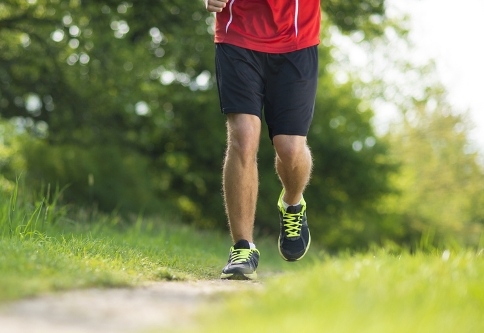Anybody who runs or has looked into running for fitness understands the benefits of running on their body and mind. Many start out by considering running in races, or at least consider it once they make running part of their fitness routine.
Whether you are working toward longer distances or building up your speed, you should also understand the pitfalls. If you are in good physical condition, the harsh impacts can be toned down, or at the very least, prevented by taking preemptive measures.
The most common problems associated with running and participating in races can be avoided by training properly and adding strength training. Why is this so? Strength training obviously strengthens the muscles involved, but it can also be beneficial to the joints as well. Running without paying attention to the pressure on joints and cartilage can lead to crippling pain, arthritis, and other disabling conditions.
Running fast and/or long distances affects other parts of your body as well. It puts pressure on your digestive and urinary systems, which can cause pain, urinary frequency, and leakage. Proper checkups and exercises to strengthen the pelvic and abdominal muscles can help, but you will also need to be sure to eat properly.
Cutting back on fats and starches before races can be helpful for those who experience diarrhea and drinking lots of fluids leading up to and during a race assists in easing the stress on the urinary system.
Stress and nervousness before races can be tough on the digestive system, cardiovascular system, and cause tense muscles. If stress is an issue before and during a competitive run, stress reducing techniques may be the answer.
Chances are that you have experienced a stitch in your side. This is caused by the way you breathe when you are running. Try a long inhale and a slow exhale and repeat.
Running may put more weight on one leg than the other, especially if you are weaker on one side of your body. You should notice this while training, so be sure to mention it to your doctor who can either tell you what to do or refer you to a physical therapist. One way of combating the problem is to concentrate on pushing off with your big toes.
Other problems, such as blood blisters and injuries can be a part of running races, but most runners will tell you that taking preemptive measures can do much to lessen the impact.
If you are thinking of participating in races, don’t give up avoiding side effects. The key to most issues involved in running is in the preparation.
